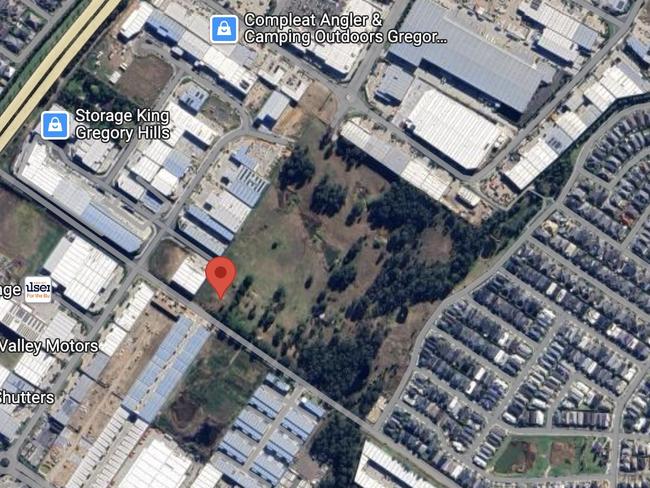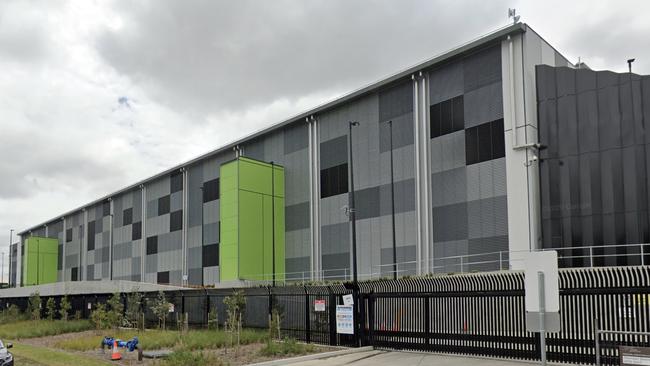Turner Road, Gregory Hills: Amazon plans new $450m data centre
Global delivery giant Amazon has submitted a fresh application to kick-start construction on a $450m mega data centre in Sydney’s southwest, just two months after it scrapped plans for a similar facility at a nearby site.

Macarthur
Don't miss out on the headlines from Macarthur. Followed categories will be added to My News.
Global delivery giant Amazon has submitted a fresh application to kick-start construction on a mega $450m data centre in Sydney’s southwest.
The tech powerhouse is making the move just two months after it unexpectedly scrapped plans for a similar facility at a nearby site.
Amazon has applied to Camden Council to undertake $29m worth of construction works to prepare a 9.7ha site at 43-61 Turner Rd in Gregory Hills.
The location is earmarked for the future 24/7 operation of a 53-megawatt data centre, designed to bolster Amazon’s cloud computing capabilities in the Asia-Pacific region.
Plans for the massive facility include 20 emergency backup diesel generators, lithium-ion battery storage, mechanical and electrical equipment rooms, a substation, office spaces, and other supporting infrastructure.

The NSW Department of Planning is currently reviewing the proposal, with Amazon required to submit detailed reports on the mega data centre’s potential environmental and community impacts.
Amazon first announced its ambitions to establish a second data centre in Sydney’s southwest early last year.

However, the company’s initial $50m proposal for 52 Turner Rd, Smeaton Grange, as suddenly scrapped in November, according to industry reports.
The location for the newly proposed facility is directly opposite the previous site.
If approved, the $450m project is expected to generate 100 jobs during construction and create 50 ongoing roles once operational.
The 10,000sq m data centre will complement Amazon’s existing facility less than 2km away at 42A Bluett Dr, Smeaton Grange.
The data centre plans ties into Amazon’s continued investment and expansion in Australia, as well as the growing demand for data storage across the nation.




